On Sunday, Ukrainian drones attacked the Shatura Power Station located about 75 miles east of Moscow. The 1,500-megawatt gas-fired facility provides heat and power to the residents of Shatura, a town of about 33,000. The drone attack caused three transformers at the plant to catch fire, and a local official said, “All efforts are being taken to promptly restore heat supply,” to the town. According to Reuters, the drone strike was “one of Kyiv’s biggest attacks to date on a power station deep inside Russia.”
Sunday’s attack on the power plant in Shatura came two weeks after Ukrainian drones and missiles hit power infrastructure in the Russian cities of Belgorod, Voronezh and Taganrog. Meanwhile, the Russian military has launched hundreds of attacks on Ukraine’s electric grid.
Attacks on power plants have long been an integral part of modern warfare. As I explained on my Substack in June in “The Enemy Of My Enemy Is My Electricity Provider,” during the Korean and Vietnam wars, the US military repeatedly attacked electricity infrastructure. During the First Iraq War, the US-led bombing campaign nearly destroyed Saddam Hussein’s electricity infrastructure. The campaign included 215 sorties aimed at Iraq’s grid. Cruise missiles outfitted with “blackout bombs,” which used tiny carbon filaments to short-circuit the Iraqi grid, were also used. Before the war, Iraq had about 9,500 megawatts of electricity generation capacity. By the time the bombing stopped, that had been reduced to about 300 megawatts. One analyst concluded that the attacks “virtually eliminated any ability of the Iraqi national power system to generate or transfer power.”
Over the past two decades, the Israeli military has repeatedly attacked the only power plant in the Gaza Strip. In 1999, during Operation Allied Force, US F-117 fighters bombed a power plant at Novi Sad, which cut off 70 percent of Serbia’s electricity supplies.
War planners bomb power grids for an obvious reason: electric grids are our Mother Networks. Electricity is the world’s most important form of energy. All our key societal systems depend on the electric grid. If you destroy your adversary’s grid, you weaken their entire society, including their ability to wage war.
While militaries have long targeted electric infrastructure, the Ukraine-Russia war marks a turning point. More than any conflict in history, this war has been about electricity. In the 45 months since Russia invaded Ukraine, the two sides have launched an unprecedented number of attacks on each other’s electric grids. And now, under the terms of a proposed peace deal put forward by the Trump administration, Russia could get half of the electricity generated from the Zaporizhzhia Nuclear Power Plant – the world’s sixth-largest nuclear power station – as part of the spoils of the war.
Never before has a functioning power plant, much less a massive nuclear power plant, been part of a peace settlement. Here’s a close look at the electricity war, with a special focus on Zaporizhzhia.
When Russia invaded Ukraine in February 2022, Russian President Vladimir Putin declared he made the move to “demilitarize and denazify” Ukraine. He would later say that Ukrainians should throw out the “drug addicts and neo-Nazis” who were running the government.
Whatever Putin’s justification for invading Ukraine, the reality is that the fighting has largely been focused on capturing land and destroying energy infrastructure. In early 2024, Dixigroup estimated that Russia had launched nearly 2,000 missiles and drones against Ukraine’s energy sector. In January, a Ukrainian official claimed that Russian forces had launched nearly 1,300 strikes on Ukraine’s energy sector, including “attacks on more than 800 electricity substations, distribution and power lines, more than 250 strikes on energy generation facilities and more than 30 on gas facilities.”
Last week, the Trump administration released a 28-point plan that has been hailed and decried for what it includes and what it doesn’t. On Thursday, the Hoover Institution’s Niall Ferguson declared on X that the plan is a “reasonable basis for negotiations” and that “realistically, Ukraine has never been in a position to defeat Russia.” On Friday, Noah Rothman, a writer at National Review, slammed the plan, calling it a “violation of the American national character,” and “an abdication of our duty to preserve the post-Cold War global order that Americans were blessed to inherit.”
While the deal includes a lot of vague language about security guarantees, economic cooperation, and how “all ambiguities of the last 30 years will be considered settled,” one of the clearest tenets of the plan is point 19, which says: “The Zaporizhzhia Nuclear Power Plant will be launched under the supervision of the International Atomic Energy Agency, and the electricity produced will be distributed equally between Russia and Ukraine, 50:50.”
As the peace talks continue in Geneva, it’s not clear how the IAEA would manage the ZNPP, which has been shut down and is now under the control of Russian forces.

Seizing the ZNPP was among Russia’s first objectives in its invasion of Ukraine. Russian forces captured the plant on March 4, 2022, just eight days after Putin launched the invasion. It was the first time an operating civil nuclear power plant came under armed attack. As shown above, the plant is located in southern Ukraine, about 360 miles southeast of Kyiv.
The ZNPP was built by the Soviet Union between 1984 and 1995 near the city of Enerhodar, on the southern shore of the Kakhovka Reservoir. It has six VVER-1000 reactors and has a total generation capacity of 5,700 megawatts. Before the war, Zaporizhzhia was a key electricity provider to the Ukrainian grid. It generated about 40 terawatt-hours of electricity annually, or about 20 percent of the country’s electricity use. The plant was connected to Ukraine’s grid through multiple 750 kV and 330 kV lines. Over the course of the war, those lines have been damaged numerous times. That has forced the plant to run emergency diesel generators to cool the reactors and spent fuel. According to the IAEA and other news outlets, the plant has lost access to external electricity supplies 10 times since the war started.
The IAEA and industry journals have repeatedly described nuclear safety at Zaporizhzhia as “fragile,” not because of the condition of the reactors, but because its off-site power and cooling water arrangements rely on very thin margins of safety. In late October, the plant was reconnected to the grid after it lost external power for more than a month. After power was restored, IAEA Director General Rafael Mariano Grossi said: “What was once virtually unimaginable – a nuclear power plant regularly losing off-site power – has unfortunately become a common occurrence during this devastating war. However, this was the most challenging loss of power event we have experienced so far. I would especially like to extend my thanks to the technicians – on both sides of the frontline – who have been working hard in recent days to restore power in very difficult circumstances.”
The power plant has been part of peace discussions since March, when Trump suggested that the US should take control of Ukraine’s nuclear plants. He said, “American ownership of those plants could be the best protection for that infrastructure.” Regardless of who controls ZNPP, it’s unclear when the plant might be able to start producing power again.

In June, Grossi declared there was “no way to restart” the plant in the near term, citing insufficient cooling water, an unstable power supply, and the need for extensive inspection after years offline in a war zone. “We are not in a situation of imminent restart of the plant,” he said. “Far from that, it would take quite some time before that can be done.”
Last month, a Brookings report estimated that Ukraine’s energy infrastructure is “deeply damaged” and is operating at “about a third of its pre-invasion capacity.” It continued saying that Russia’s ongoing bombardment of the Ukrainian power grid is intended to “cripple Ukraine’s economy and undermine its population’s resolve to resist Russian aggression, with the ultimate goal of compelling the Kyiv government to surrender.” It went on to report that rebuilding Ukraine’s tattered energy sector could cost some $90 billion.
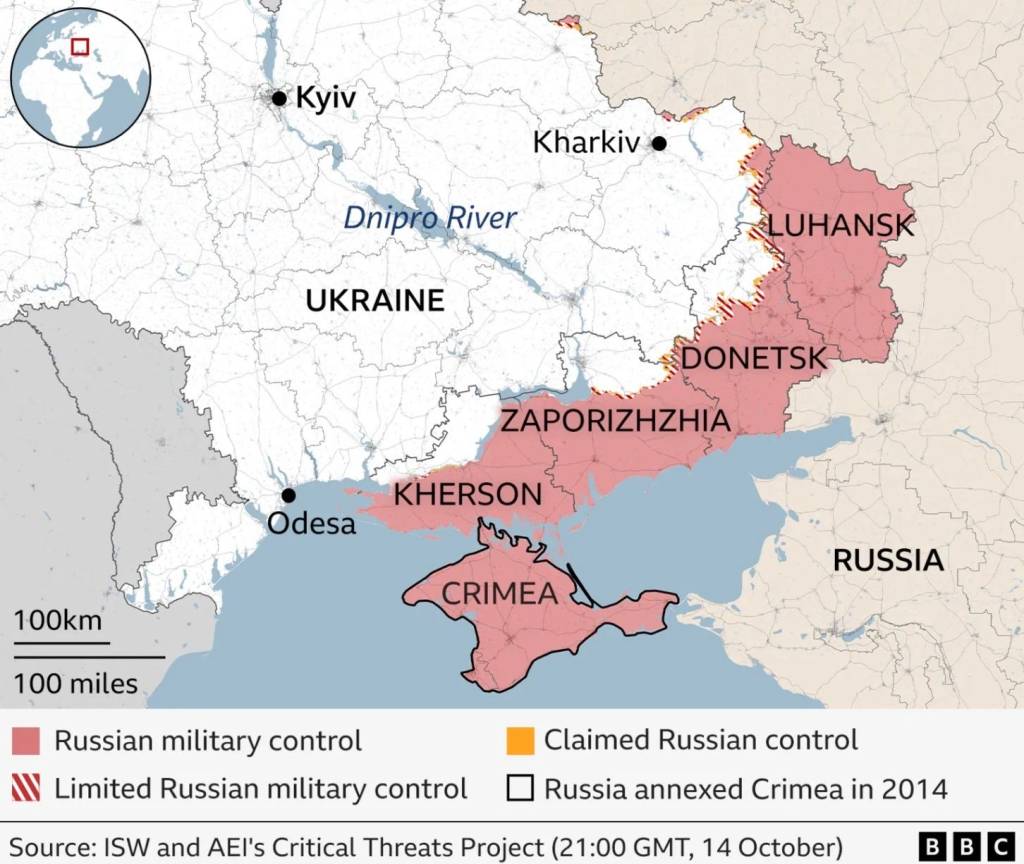
It’s impossible to know whether a peace deal will actually happen, or if it happens, how long it might last before Russia invades Ukraine again. But it’s also easy to see why Russia wants to control all or part of the ZNPP. As seen in the BBC map above, Russia has seized much of southern Ukraine. To hold that territory and keep the population under control, it will need electricity and lots of it. Building a plant the size of the ZNPP would likely cost about $60 billion. Even if Russia only gets half of the juice from ZNPP, the cost to replace that much nuclear generation capacity would be on the order of $30 billion. And remember, due to sanctions, Russia doesn’t have much extra cash.
By Monday night, the BBC was reporting that the Ukrainians were ready to accept parts of the 28-point peace plan, but it was unclear whether the ZNPP proposal would be part of the deal. Other news outlets claimed that the Geneva meetings had produced an “updated and refined” agreement. Another reported that the Kremlin has already rejected the updated deal.
Again, we can’t know how the peace talks will play out. Putin may be content to let the war drag on and to continue pounding Ukraine’s power infrastructure until Kyiv and other major cities are left in the dark as winter approaches. Perhaps he believes by stalling, he can wring more concessions out of the US and Ukraine.
During World War II, the Russian dictator Josef Stalin declared the conflict was a “war of engines and octanes.” The Russia-Ukraine conflict has become a war of electrons, substations and power plants – a battle where plunging cities into darkness and weaponizing winter can be as lethal as any drone swarm or missile barrage.
This article was originally published on Robert Bryce’s Substack.



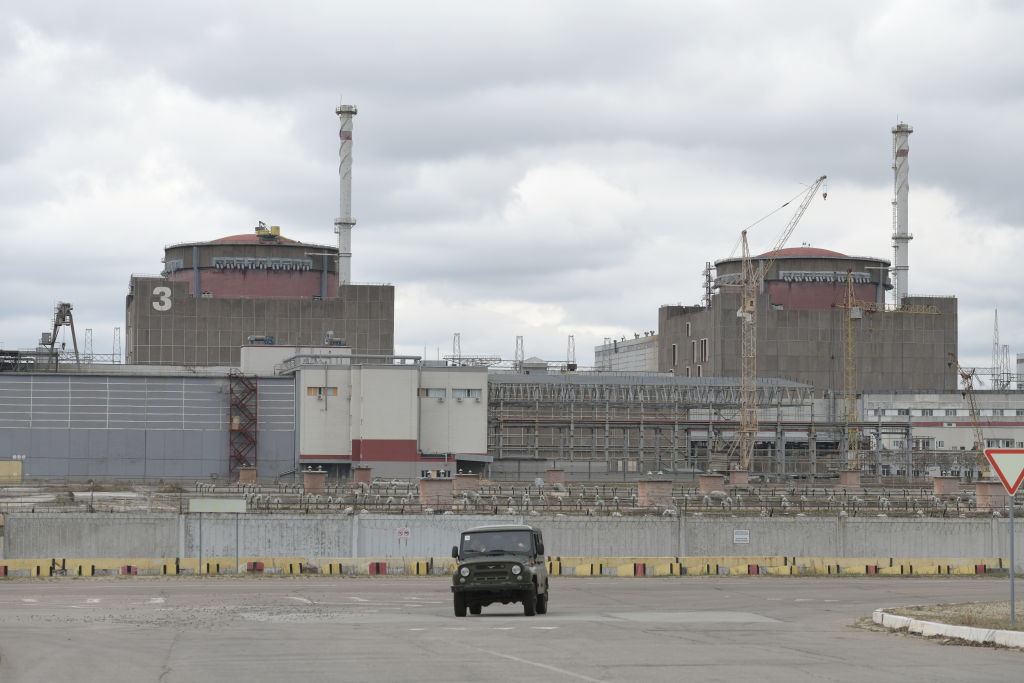






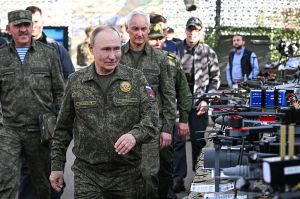

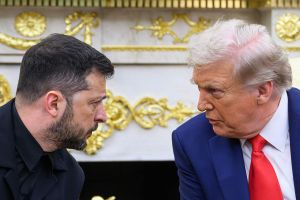
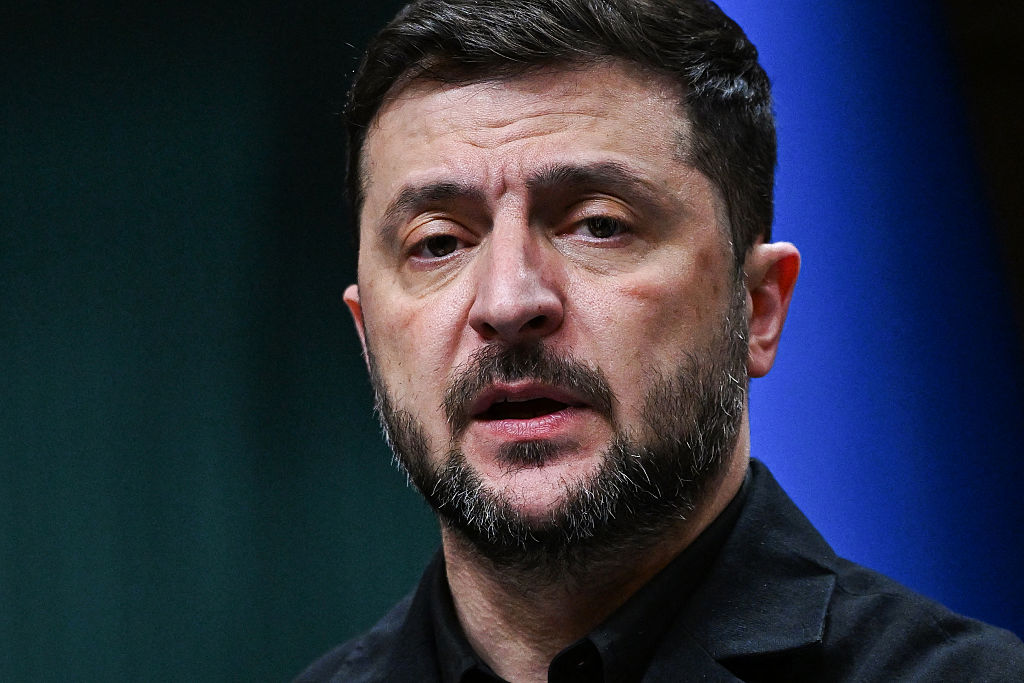
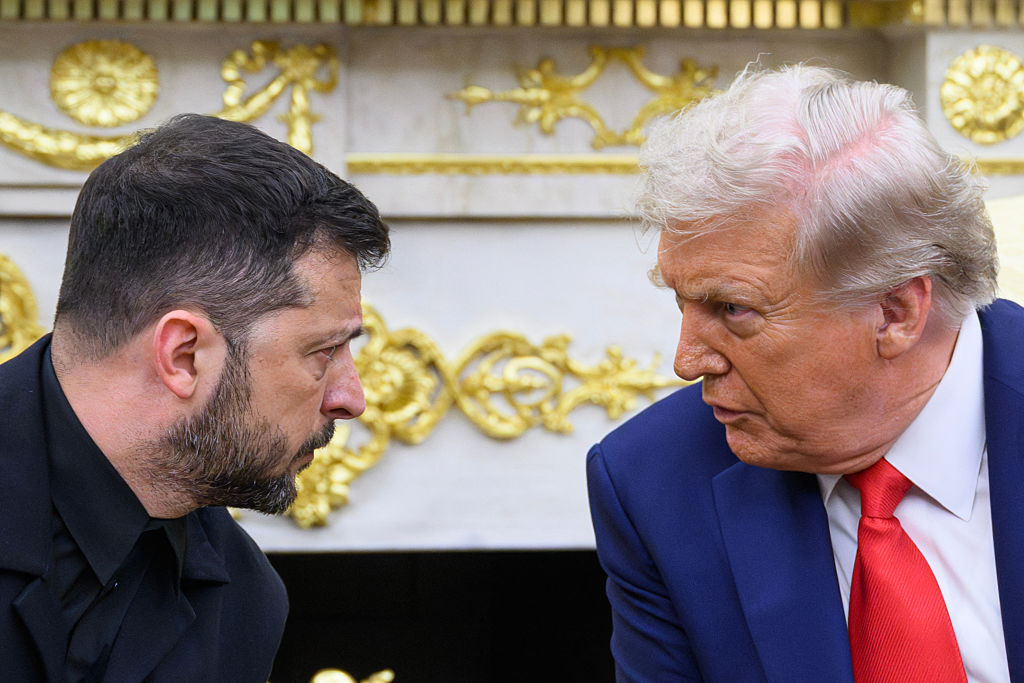
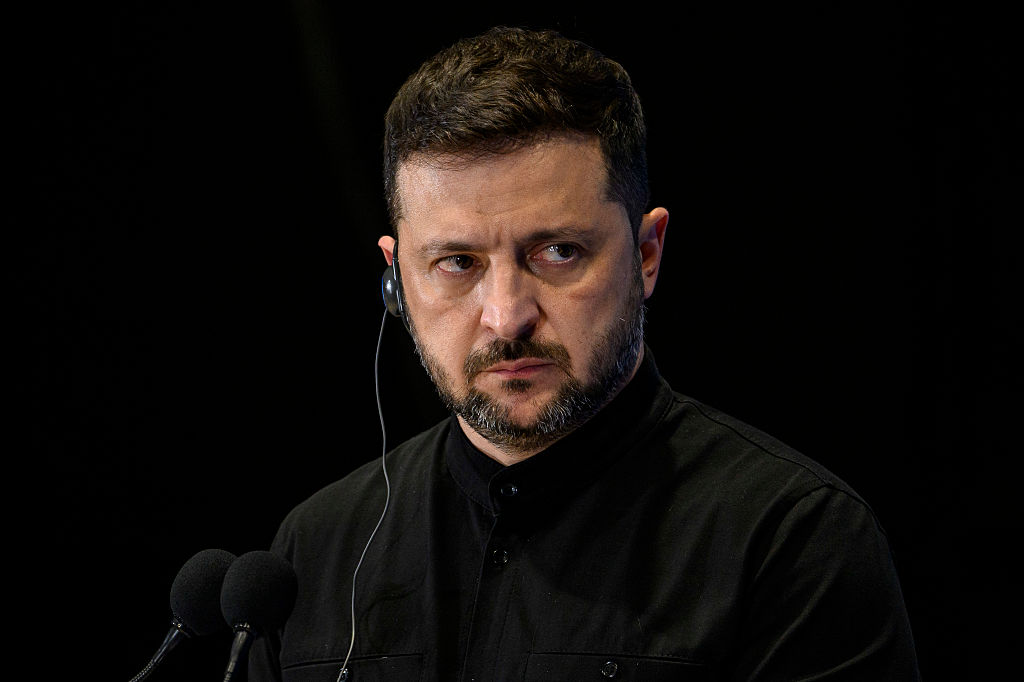
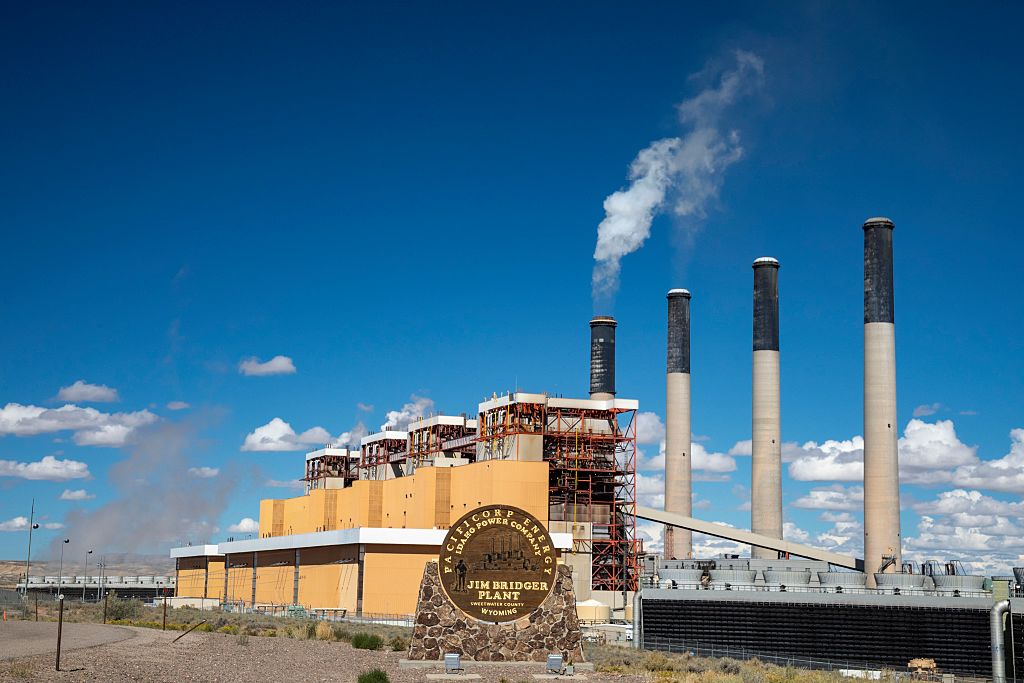
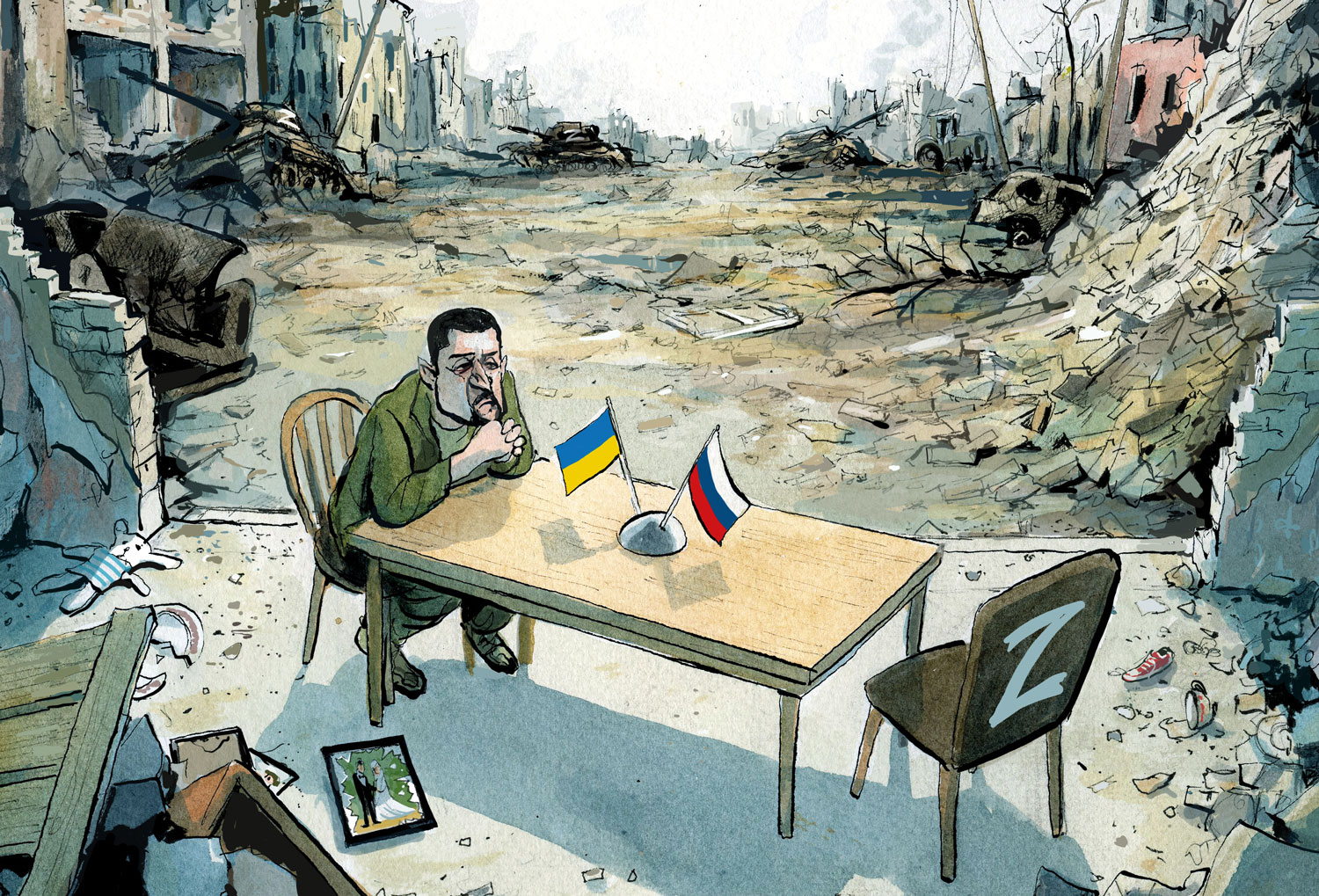
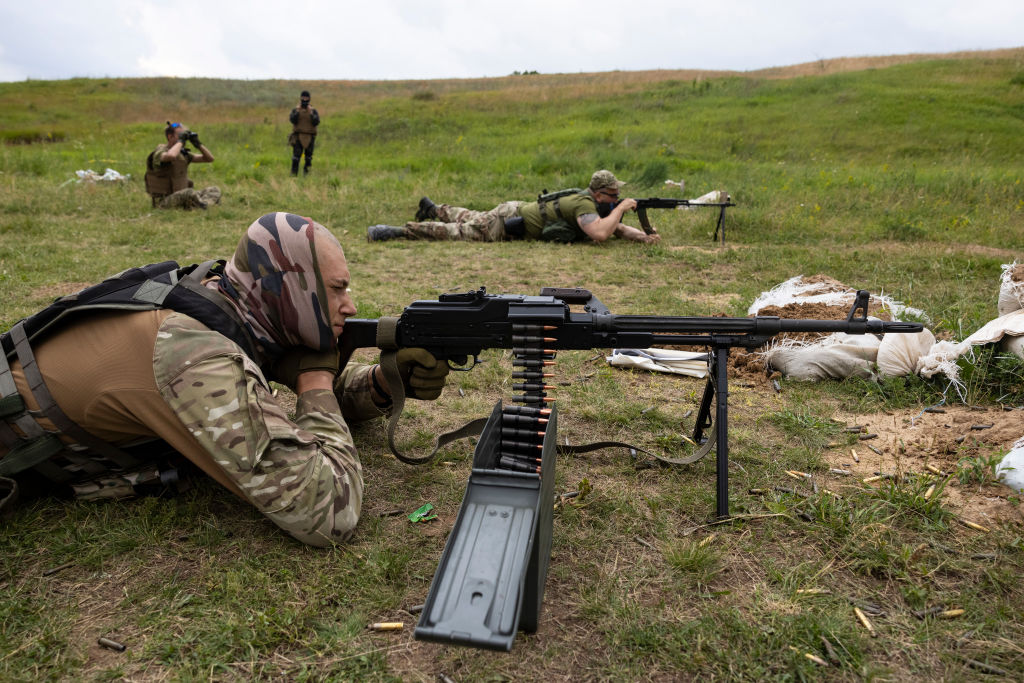







Leave a Reply